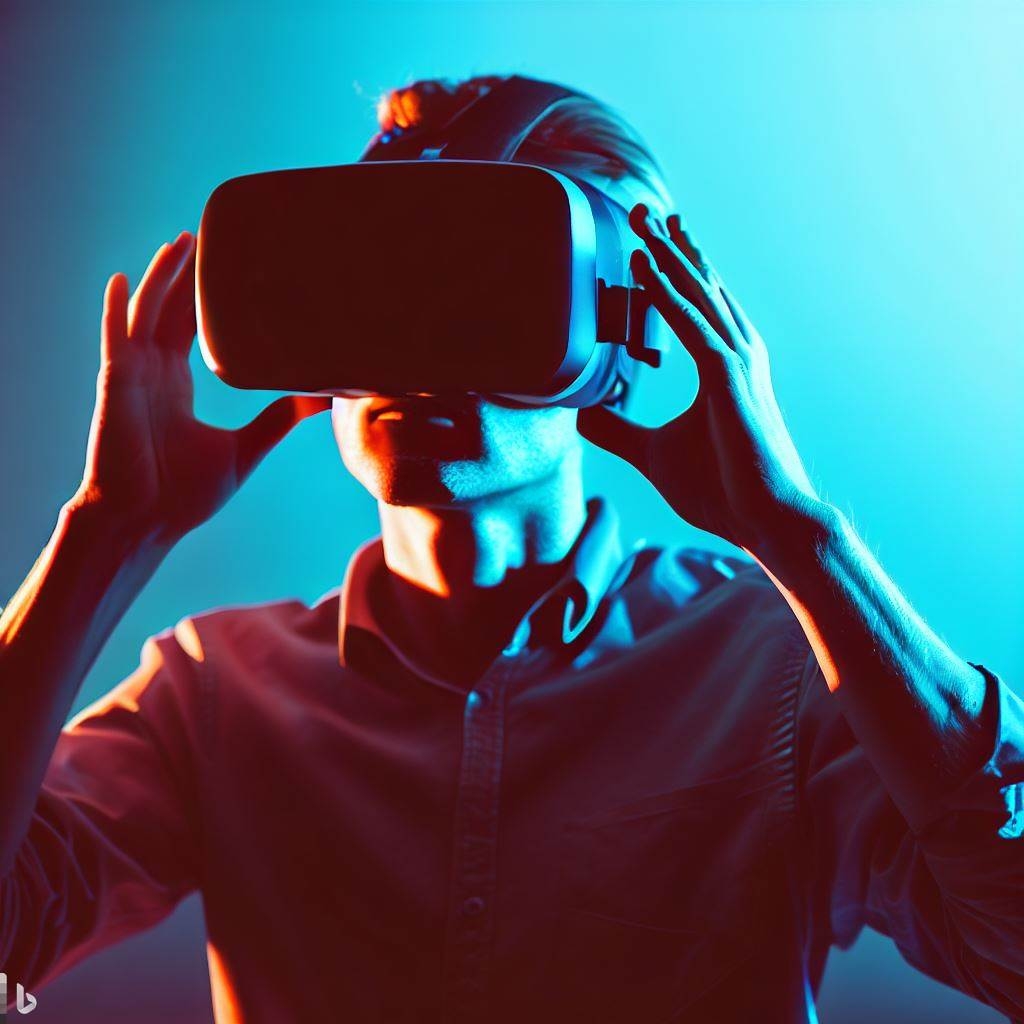OpenVR: The Comprehensive Guide to Developing Cross-Platform Virtual Reality Applications

Virtual reality (VR) has revolutionized the way we experience digital content, and OpenVR is a powerful platform that allows developers to create immersive VR applications that work across multiple devices. In this comprehensive guide, we’ll explore the world of OpenVR and provide you with the essential knowledge and steps to develop cross-platform VR applications.
Section 1: Understanding OpenVR
- What is OpenVR: An introduction to OpenVR and its significance in the VR development landscape.
- Key Features: Explore the features and capabilities of OpenVR that make it a preferred choice for cross-platform VR development.
- Supported Devices: Discover the wide range of VR devices that are compatible with OpenVR, including popular headsets like HTC Vive, Oculus Rift, and Windows Mixed Reality.
Section 2: Setting Up Your Development Environment
- Software Installation: Step-by-step instructions to install the necessary software, including the OpenVR SDK and development tools.
- Hardware Requirements: Learn about the hardware requirements for developing with OpenVR and ensure your system meets the specifications.
- Device Setup: Walkthrough the process of setting up your VR devices and connecting them to your development environment.
Section 3: OpenVR Development Basics
- OpenVR API: Understand the basics of the OpenVR API, including how to interact with VR devices, render 3D scenes, and handle user input.
- VR Interactions: Explore different types of VR interactions and learn how to implement them in your applications using OpenVR.
- Cross-Platform Considerations: Discover best practices for developing cross-platform VR applications with OpenVR, ensuring compatibility across different devices.
Section 4: Building Your First Cross-Platform VR Application
- Project Setup: Create a new VR project using OpenVR and set up the necessary configurations.
- Scene Creation: Learn how to design and build immersive VR scenes, including 3D models, textures, lighting, and audio.
- User Interaction: Implement intuitive user interactions, such as hand tracking, teleportation, and object manipulation, using OpenVR.
Section 5: Optimizing and Testing
- Performance Optimization: Learn techniques for optimizing your VR application’s performance to deliver a smooth and immersive experience.
- Testing and Debugging: Explore testing methodologies and debugging tools to ensure your VR application functions flawlessly across different platforms.
- User Experience Considerations: Understand the importance of user experience in VR development and implement best practices for comfort and immersion.
Conclusion: With OpenVR, you have the power to create incredible cross-platform VR experiences that can be enjoyed by users across a wide range of devices. This comprehensive guide has provided you with the essential knowledge and steps to get started with OpenVR development. As you continue your journey, remember to experiment, iterate, and push the boundaries of what’s possible in the world of virtual reality. Embrace the potential of OpenVR and let your creativity soar as you build captivating and immersive VR applications.





